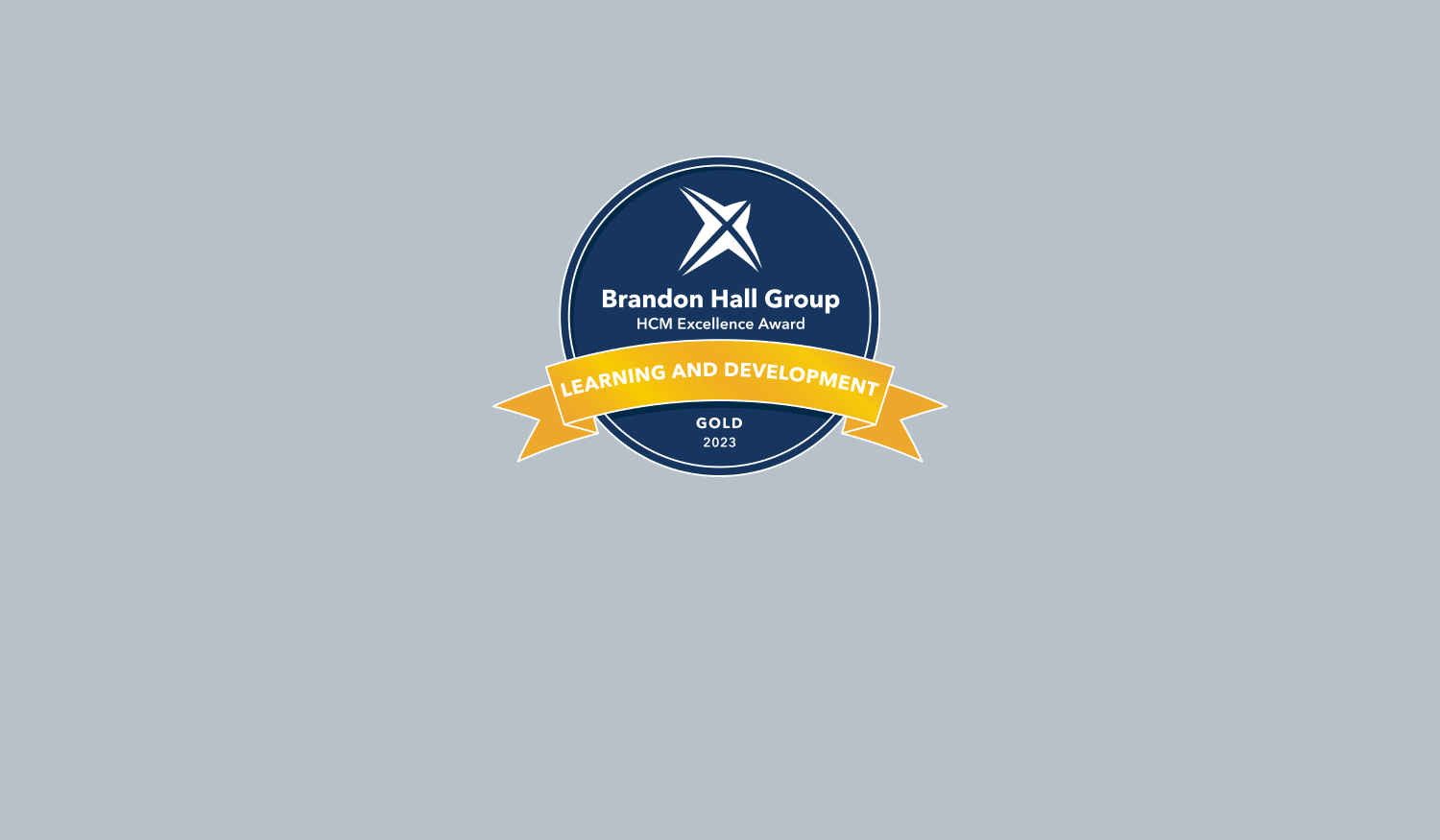Why saying "everything has changed in marketing" misses the point
We hear it every day; we’re operating in a digital world now and everything has changed, and if it hadn’t before the last few months then it certainly has now...
The implication is that everything we need to do has changed too - that, unless we tweet, hype, stream or meme our way forward, millennials, xennials (if you’re so inclined) or Gen Z will simply not engage.
This, I would contend, is a simple, but significant, misunderstanding.
That there has been change is undeniable, it's faster and more furious than ever, multiplying the opportunities (and pitfalls) in front of us. To say everything has changed is to understate, and under value, what remains the same.
Success today is not about abandoning what we did in the past for digital pastures new, it’s about understanding the things that remain the same and infusing them with new potential.
People are still people, today.
They have the same needs they’ve always had. Similar things make them happy, similar things make them mad, though today the highs seem to be higher and the lows seem to be lower even while the causes often remain the same.
As a recent HBR article observed ‘disruption starts with unhappy customers, not technology’, in short what they were looking for yesterday they are still looking for today:
- people want things that meet their needs, whatever these may be
- people want to choose the solution they believe gives them the best value
- people want to keep things simple
After this it’s we (marketers, salespeople and so on) who make things complicated. A digital world really gives us just three things that impact the above.
- the ability to understand these things (and our business) better and faster than we have done before and
- the ability to make what we have created accessible mentally and physically in a myriad of new ways
- the ability to work together (to achieve the above) in new, more agile, iterative ways
For me all of these are ‘how’ we do things, not ‘what’ we do. What we do is still, at its heart the same. We understand people’s experiences and their needs (be they consumers, customers or others) in the categories we operate in and their wider lives, we build brands and define clear strategies to help us win in the short, medium and long term.
We create the solutions to deliver these strategies and then make them mentally/physically accessible in markets so people can buy/use them. We did all of these ‘before’ digital and we’ll do them all in a ‘post digital’ (is that even a thing??) world too.
It is these things that we need to take and infuse with new potential, this is the key to moving from seeing the current environment of rapid change as a challenge to seeing it as an opportunity.
All well and good but what does this really mean in practical terms, to help businesses grow? Better, faster, cheaper growth after all is the bright shiny promise that ‘being more digital’ is tempting people with…
In this spirit of keeping it simple and actionable (and no longer than it takes to drink a cup of coffee) here are 5 things I think are key:
- Really put people first. Not technology, competition, or the P&L, this really is the simplest, most compelling way to make any decision fast and you’d be surprised how often businesses struggle with this - it’s about the brand, the financials, the technology, and so on and so on. To do this make the most of new ways of empathising with people, knowing them and their experience better will give you a deeper understanding their needs and in turn this will point you towards new, and potentially disruptive, solutions you can offer them. Remember that while knowledge is power, insight is more powerful still. However real time, or whatever quantity of data you have, on its own it doesn’t equal more insight, this requires interpretation. Now more than ever we need to think about how this data is combined, visualised and interpreted in order to identify insight whether this be by people, systems or AI
- Start with why, this keeps it simple: The advent of a ‘digital’ world is generally agreed to have introduced a new level of complexity to organisations so finding ways to simplify is essential. The easiest way to do this is to start with ‘why’, why are we here? or, dare I say it, what’s our ‘purpose’. I appreciate purpose is a spectrum but that’s a debate for another day. What I think is clear is that however you might define purpose when its crystallised it makes all our subsequent choices about what to do easier. It is not only a catalyst that generates more compelling ideas it simultaneously provides a yardstick to evaluate them against. This in turn make the choices that define your overall strategy easier too. The cascade continues from there into execution, where, again, clarity of purpose makes it easier make choices about how to activate in creative and compelling ways.
- Create a seamless experience. Today there are many more places people experience our brands but too often we treat these as siloes owned by different functions or teams. For real people it’s all the same brand and all part of the same experience. To succeed we need to take advantage of the right (or appropriate) new spaces and channels to make our brands as accessible for consumers as possible whether this is mentally or physically – and we need to do this in such a way that we deliver a consistent experience for people, when things don’t join up we create dissonance that makes it harder for people to continue to engage from awareness through consideration and ultimately to purchase (or repurchase). Understanding people is a prerequisite for getting this right, where are they spending time today, how do they shop, what are they searching for and through what device, we need to understand then to know how to maximise our presence
- Embrace real agility. Really understand what agile working means, and then commit to it. To do this properly and make it successful requires challenging the way we work today and investing time, energy and resource to create true organisation & culture change, lip service or being half pregnant just doesn’t cut it. This also gives teams more freedom to work with greater speed and agility to deliver the projects that really matter. Too many teams fail to realise that being truly agile requires making more choices and doing more planning – and just to be certain I should note that clear strategy is a prerequisite for agility
- Find a new balance of skills. There has been a lot of comment recently about left brain/right brain appeal of advertising but little if any commentary about implication of this for the organisations creating it. The most obvious being that marketers themselves will need to get better at combining traditionally left brain and right brain disciplines. We need to be both analytical and data driven but capable of blending this with storytelling and creativity. This means a rethink for many organisations in terms of the skills they value and the ability to emphasise and build up those that haven’t in the past seen as much focus or have been split apart into separate roles
So in short don’t confuse what you do with how you do it. What you do hasn’t changed, how you do it most definitely has, keep this simple truth in mind and embrace the potential out there.
Value the things that haven’t changed, infuse them with the right new potential and they will serve you well to drive growth in a fast and furiously changing world.
As always I’d love your reactions, especially what you think has and hasn’t changed… or if you want to talk more about any of the above get in touch.
Share this
You May Also Like
These Related Stories

To prevent or to treat? The ongoing debate for healthcare

Oxford's guide to working virtually

No Comments Yet
Let us know what you think